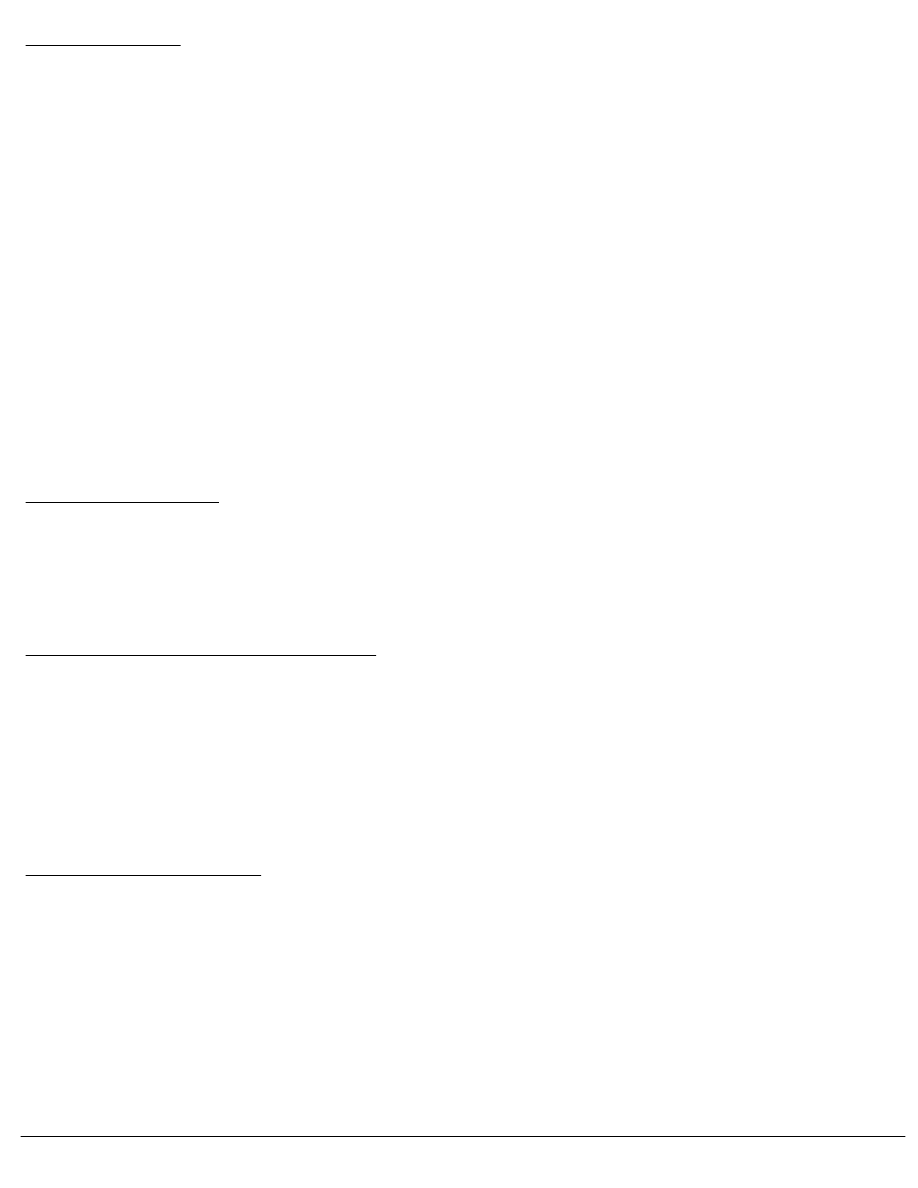X Series E53 X5 3.0i (M54) OFFRD

The fuel rail is return-free. The fuel flows directly from the fuel filter/pressure regulator unit back into the fuel tank.
Venting system USA:
The fuel tank is vented during refueling via the refueling vent line.
Because of its large cross-section, the refueling vent line directs the displaced volume (fuel vapors) at high speed
through the expansion tank to the carbon canister.
The activated carbon retains the fuel contained in the fuel vapors. The cleaned air is discharged to atmosphere via the
evaporation line, the tank leakage diagnostic module and the dust filter.
During driving, the system tank is vented in the same way via the refueling vent line and service vent lines.
The condensed constituents of the fuel vapors pass from the expansion tank via the vent lines back into the fuel tank.
The roll-over valve on the upper side of the expansion tank closes in the event of the vehicle overturning. This prevents
the fuel from escaping into the carbon canister.
The carbon canister is regenerated by purging with fresh air.
The engine control unit opens the tank vent valve. Thus the vacuum pressure of the engine intake manifold is applied
at the purge line.
In this way, the carbon canister is purged by the supply of fresh air via the tank leakage diagnostic module and the dust
filter. The fuel constituents bound by the activated carbon are flushed out by the supplied air and directed via the purge
line to the engine for combustion.
This operation is only possible while the engine is running.
Venting system worldwide:
Refer to Venting system USA with following differences:
1.
The carbon canister has a smaller capacity.
2.
There is no tank leakage diagnostic module or dust filter (see drawing 5.1, view A).
3.
There is no pressure test line.
Leakage detection for tank venting system USA:
The tank leakage diagnostic module (see drawing 5.1, view A) serves to detect leakages for the tank venting system
within the on-board diagnosis laid down by legislation.
The tank venting system is pressurized and the pressure loss is detected in the event of a leak.
The tank leakage diagnostic module is activated by the engine control unit and detects the pressure loss by way of the
power consumption of the integrated pump. The air required for this purpose is supplied via the dust filter.
The pressure test line establishes the connection between fuel tank and filler neck. This enables a leak to be detected
in the filler pipe - tank cap area.
Determining fill level in fuel tank:
The fuel level is measured by means of lever-type sensors on both sides of the fuel tank. The right lever-type sensor is
integrated in the fuel supply unit. The left lever-type sensor is located in the left sensor unit. The combination of the
determined ohm values from the right and left lever-type sensors produces the actual level in the fuel tank.
4.3 Service data, fuel system
Pressure regulator: 3.5 bar.
Working pressure of suction jet pump: 1 - 1.3 bar
5. Schematic drawings of fuel supply systems
RA Fuel supply system E53
BMW AG - TIS
06.02.2013 17:36
Issue status (12/2007) Valid only until next DVD is issued
Copyright
Page - 2 -
